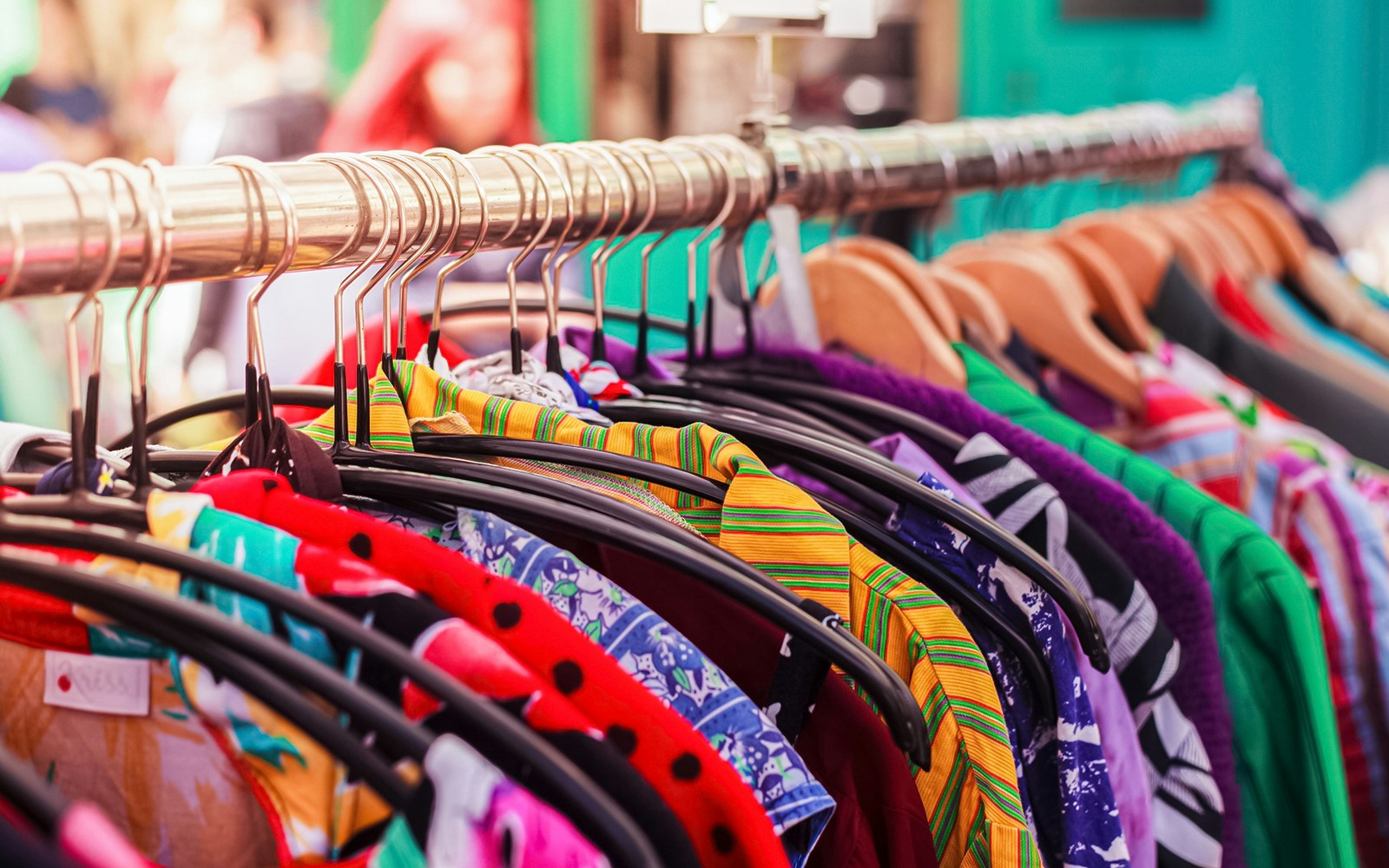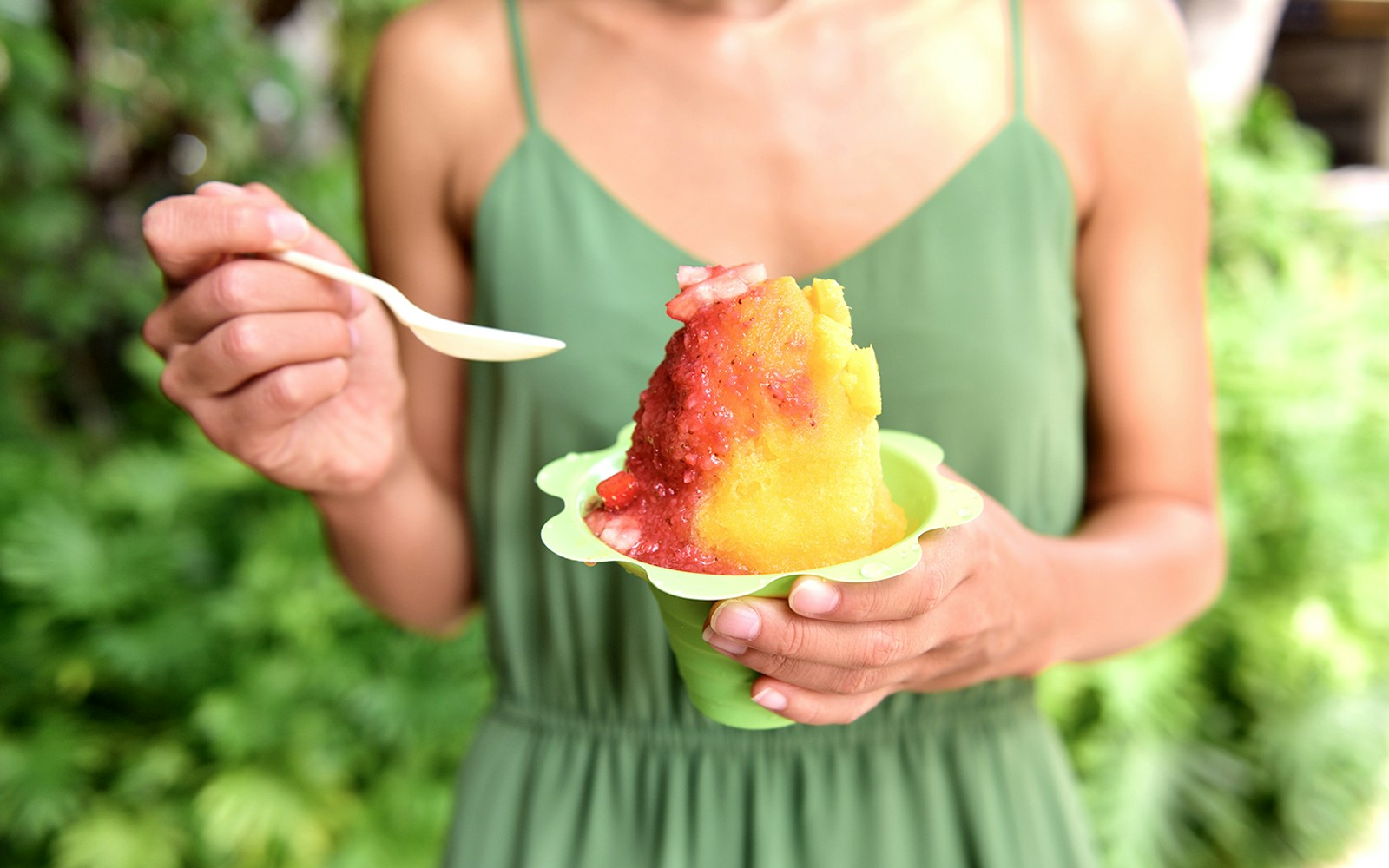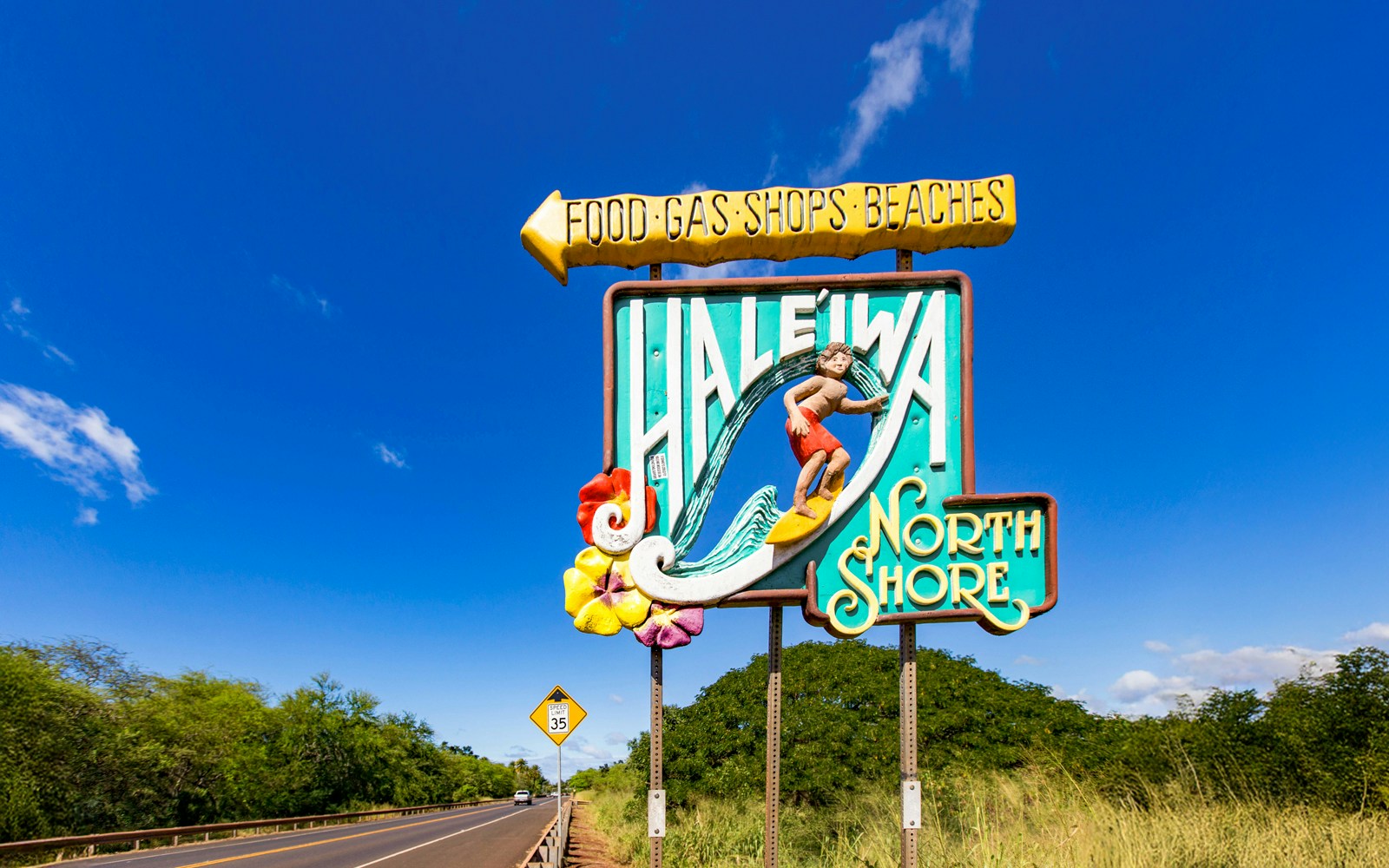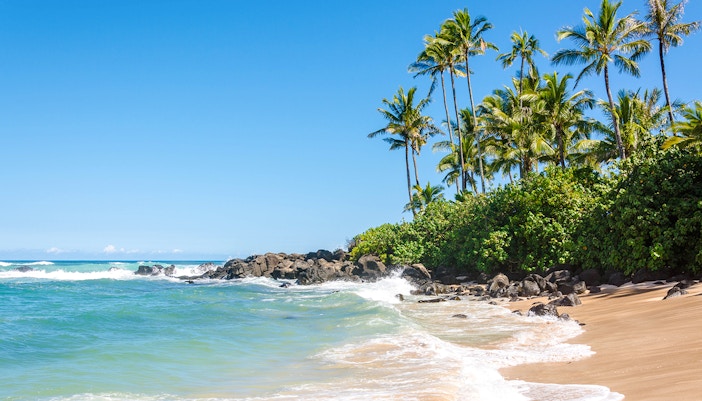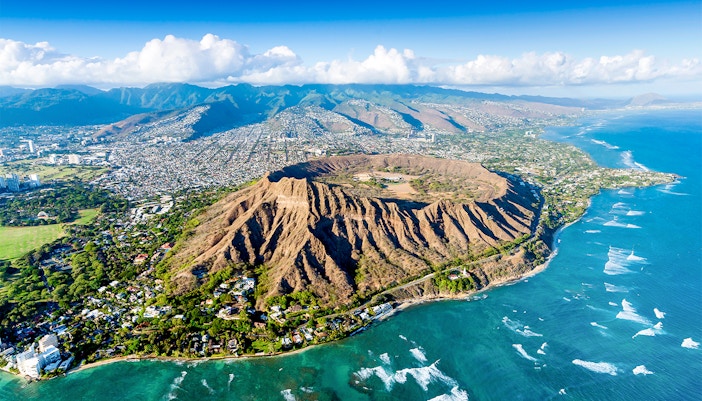Winter months bring some of the world’s biggest surf at Waimea Bay, Sunset Beach, and Banzai Pipeline. Even if you don’t surf, watching the fearless surfers in action is a thrilling experience. Summer waves are calmer and perfect for beginner surfers or casual beachgoers.
Best things to do in North Shore Oahu: Beaches, towns & local eats
North Shore in a nutshell

- Must-see highlights: Big wave beaches, local food trucks, Haleʻiwa Town, surf shops, and scenic coastal vistas.
- Unique fact: The North Shore gained global fame in the 1960s as a surfing mecca, hosting world-class competitions and drawing surfers from around the globe.
- Current use: A hub for surf culture, outdoor adventures, and authentic Hawaiian experiences, while retaining its laid-back, local charm.
What to do in North Shore Oahu
Catch the waves and watch the pros
Know before you go

Timings
- Open: Beach access is available all day, while shops and eateries generally open 10am to 6pm
- Duration: You can easily spend half a day or more, giving you flexibility to explore beaches, towns, food trucks, and surf spots at your own pace.
Location
- Address: North Shore, Waialua, HI, United States | Find on Maps
Accessibility
- Sidewalks and ramps make most shops and eateries accessible.
- Some historic buildings may have stairs.
Facilities
- Expect local shops, food trucks, cafes, galleries, restrooms, and public beach access.

- Plan for 2–3 hours or more to explore Haleʻiwa, North Shore’s beaches, surf spots, and scenic lookouts at your own pace.
- Be sure to bring sunscreen, a hat, sunglasses, and water to stay comfortable.
- Bring cash with you. Small bills help buy things from food trucks, market stalls, and local souvenirs.
- Try local snacks from tiny roadside stands. You’ll find fresh coconuts, tropical fruits, or homemade treats that showcase the best of local flavors.
- Don’t forget to wear comfortable footwear. You’ll be walking a lot on Haleʻiwa streets, beach paths, and scenic trails.
- Waves can get huge in winter. Know the conditions before heading into the water or watching surfers up close.
Frequently asked questions about North Shore Oahu
North Shore Oahu is world-renowned for its massive winter waves, iconic surf spots like Waimea Bay and Pipeline, and laid-back Hawaiian lifestyle. It’s also known for charming towns like Haleʻiwa, local food trucks, and beautiful beaches.
If you’re visiting Haleʻiwa Town specifically, 45–60 mins is enough to stroll, shop, and grab local treats. For a fuller experience, including beaches and scenic lookouts, plan 2–3 hours or more.
Yes, it is. Families can enjoy calm beaches in the summer, kid-friendly snacks like shave ice, and easy walks through Haleʻiwa Town. Be cautious around large waves in winter.
Don’t miss Matsumoto’s or Aoki’s for shave ice, Giovanni’s Shrimp Truck for garlic shrimp, and fresh poke from market stalls. Small roadside stands often have tropical fruit or local snacks worth trying.
The winter months (November–February) are ideal for watching huge waves and attending surfing competitions. Summer offers calmer waters for swimming, beginner surfing, and more relaxed beach days. Early mornings and weekdays are best for avoiding crowds.
Many beaches are great for wading and swimming in summer (May–October). In winter (November–February), waves can be very large, so always follow lifeguard instructions and posted warnings.
Most main streets in Haleʻiwa, shops, and cafes are accessible, though some historic buildings have stairs. Many beaches have paved paths or parking nearby, but sand access may be limited.
Yes, you can. North Shore hosts annual events like the Triple Crown of Surfing at Pipeline, attracting professional surfers from around the world.
Sunscreen, a hat, sunglasses, comfortable shoes, water, and small bills for food trucks or market stalls are essentials. A camera or phone with zoom is handy for capturing surfers and scenic views.


